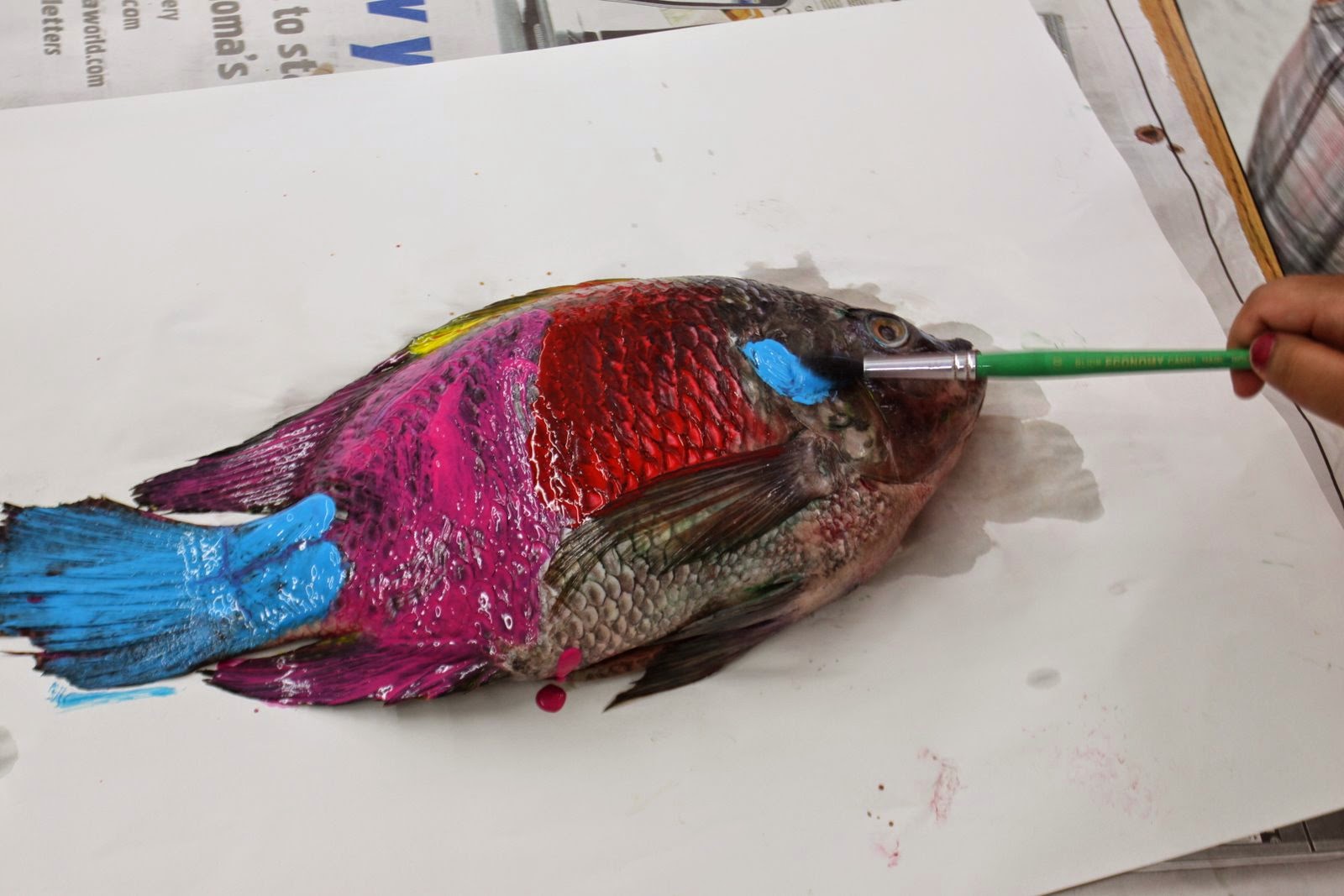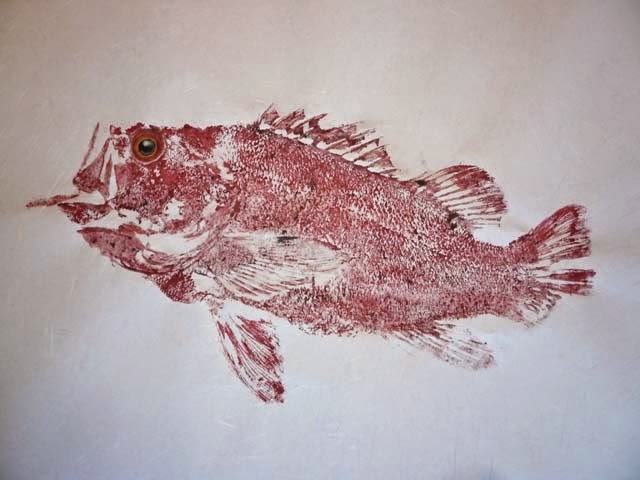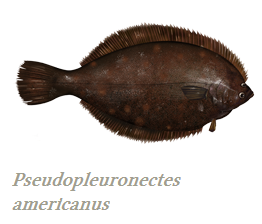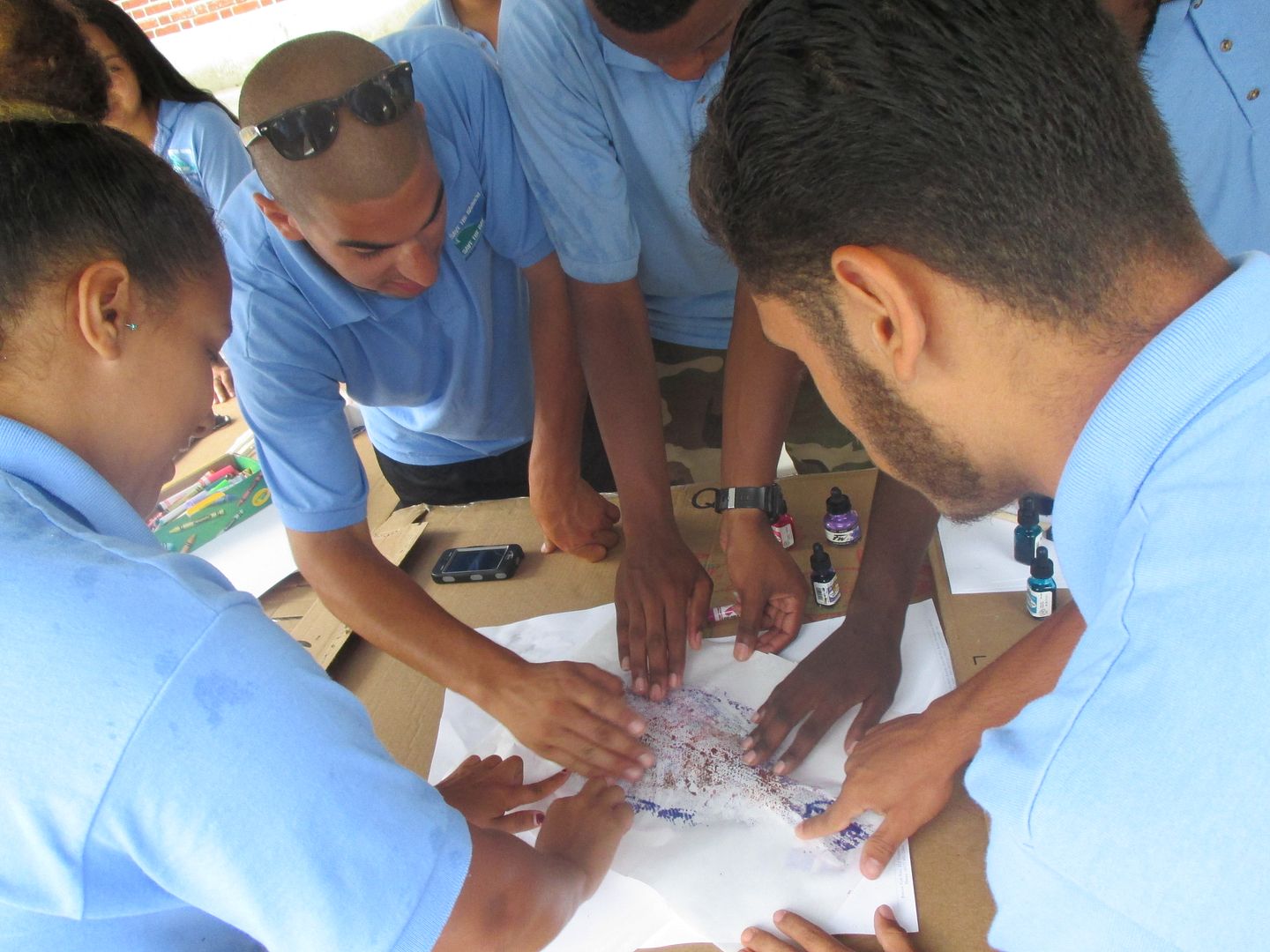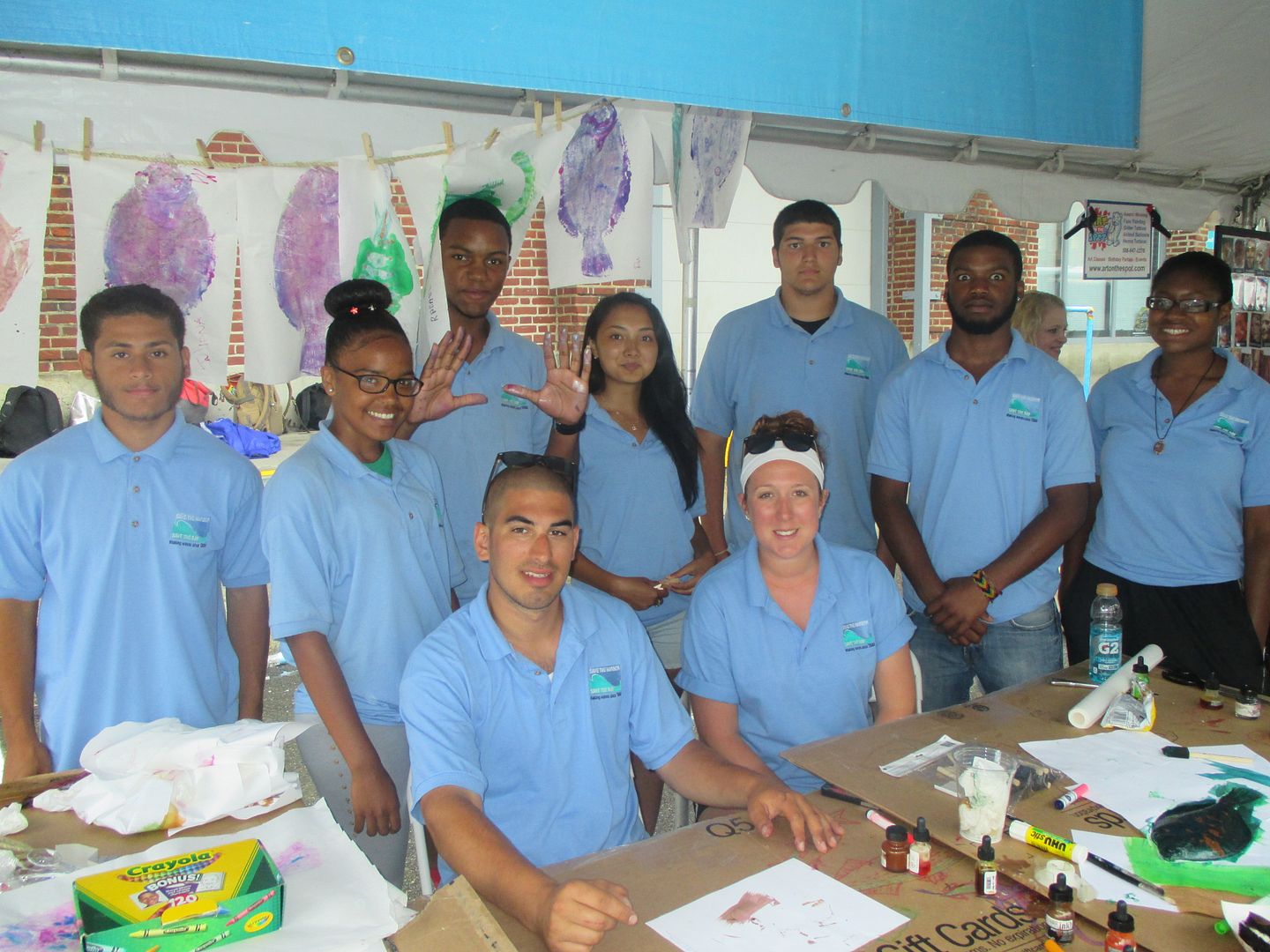On Saturday, October 25th, Save the Harbor/ Save the Bay hosted its final free fall cruise of 2014 to Spectacle Island in the Boston Harbor Islands National Park. Nearly 400 children and their families from across the City of Boston and around the region took advantage of the beautiful fall day to explore the island, enjoy a picnic lunch, hike on the trails and search for treasure on the beach.
 |
| Hundreds of young people and families from across the city and around the region joined Save the Harbor/ Save the Bay for their final free fall cruise of 2014 to Spectacle Island in the Boston Harbor Islands National Park. |
Save the Harbor took the opportunity to celebrate an important milestone, announcing that their free youth environmental education programs connected more than 100,000 underserved youth and their families to Boston Harbor and the Boston Harbor Islands since they launched their free programs in 2002.
 |
| Save the Harbor spokesman Bruce Berman; Giles Parker, Superintendent of the Boston Harbor Islands National Park; Patricia Foley, President of Save the Harbor/ Save the Bay; Carol Churchill, Manager of Communications for Distrigas of Massachusetts LLC; Massport CEO Thomas P. Glynn; Jennifer Cruickshank, Public Affairs and Communications Director at The Coca-Cola Company and Julie Doherty Pagano, General Manager at Bay State Cruise Company on the dock before the cruise. |
At a dockside press conference before the cruise, Save the Harbor / Save the Bay’s President Patricia Foley thanked “Bay State Cruise Company, the Massachusetts Port Authority, the Massachusetts Water Resources Authority, the Department of Conservation and Recreation, the National Park Service, as well as the region’s foundations, corporations, and small businesses and the hundreds of individual donors whose support has made Save the Harbor/Save the Bay the Boston Harbor Connection for more than 100,000 young people and their families.”
Massport CEO Thomas P. Glynn was on hand at the World Trade Center to congratulate Save the Harbor. “At Massport our mission is to move people and goods connecting Massachusetts and New England to the world. We are proud to support Save the Harbor/Save the Bay’s work to connect youth and families from our communities to Boston Harbor and beyond.”
Among those that took part in the trip
were groups from the West End House in Allston/Brighton, Maverick
Landing in East Boston, the Cummings School in Winthrop, the Highland
Coalition from Lynn, the Red Sox Scholars and many other groups and
families from across the city and around the region.
 |
| 40 sixth and
seventh graders from the Cummings School in Winthrop were among the
nearly 400 people who joined Save the Harbor for a spectacular fall day
on Spectacle Island. |
Save the Harbor’s free programs have connected 107,123 underserved young people and their families to Boston Harbor and the Boston Harbor Islands since they began in 2002, making Save the Harbor/Save the Bay the Boston Harbor Connection for the region’s residents, creating a new generation of Boston Harbor Stewards and building a new constituency to support Save the Harbor’s work. "Our hearts truly warm watching all those kids walk onto the Provincetown II every summer," said Julie Doherty Pagano, General Manager at Bay State Cruise Company, "We are proud to partner with Save the Harbor and are truly touched by what they do."
Carol Churchill, Manager of
Communications for Distrigas of Massachusetts LLC, a longtime supporter
of Save the Harbor’s free youth environmental education programs, was
also on hand for the brief dockside ceremony, saying “Distrigas is
honored to partner with Save the Harbor/Save the Bay and provide
opportunities for Boston area youth to enjoy Boston Harbor. Because the
harbor is so essential to our business, we remain committed to ‘giving
back’ in ways that expand access to the harbor and the islands and
deepen public appreciation for these cherished resources.”
 |
| It was 65 and sunny on Spectacle Island- perfect weather to splash in the surf! |
Save the Harbor’s free youth environmental education programs use field science, archaeology, and art on the shore to encourage youth and teens to actively explore Boston Harbor to increase their understanding of the marine environment and encourage them to engage in healthy outdoor activities.
Susan Fagan, Vice President of Market Unit Sales Operations, Coca-Cola Refreshments USA, Inc. is proud of Coca-Cola’s partnership with Save the Harbor/Save the Bay. “At Coca-Cola, we believe our success depends on the sustainability of the communities in which we operate. We are proud to support Save the Harbor’s youth environmental programs, which provide hands-on education and healthy outdoor activities that connect local youth to the wonders of Boston’s harbor, the harbor islands and the region’s public beaches. Through these programs, young people learn to how to protect our natural environment, while gaining important leadership skills and having fun.”
“Our free youth environmental education programs are the cornerstones of our efforts to share Boston Harbor, the Boston Harbor Islands and the region’s public beaches with all Bostonians and the region’s residents, especially underserved youth and teens,” said Bruce Berman, Director of Strategy, Communications and Programs at Save the Harbor/Save the Bay. “As we wrap up our 2014 season on Boston Harbor we want to thank the region’s foundations, corporations and the hundreds of individual donors for their support.”
 |
| Sightseers enjoyed the beautiful view of Boston and Boston Harbor from the North Drumlin of Spectacle Island |
Save the Harbor's free youth environmental education and family programs are made possible with Leadership Grants from Bay State Cruise Company, Distrigas/GDF SUEZ, The Coca-Cola Foundation, Ludcke Foundation, and the Yawkey Foundation II.
Save the Harbor is grateful for Partnership Grants from Forrest Berkley & Marcie Tyre Berkley, Blue Cross Blue Shield of Massachusetts, The Chiofaro Company, The Fallon Company, Hampshire House Corporation – Cheers for Children, John Hancock Financial Services, Inc., Massachusetts Bay Lines, Massachusetts Port Authority, National Grid Foundation, P&G Gillette, William E & Bertha E. Schrafft Charitable Trust, and the Clinton H. & Wilma T. Shattuck Charitable Trust.
Save the Harbor also appreciates funding support from Arbella Insurance Group Charitable Foundation, Baystate Federal Savings Charitable Foundation, Blue Hills Bank Foundation, Blue Hills Bank Pavilion, BOMA, Boston Bruins Foundation, Breckinridge Capital Advisors, Carnival Foundation, Circle Furniture, The Daily Catch Seaport, Eastern Bank Charitable Foundation, Paul & Phyllis Fireman Charitable Foundation, Matthew J. & Gilda F. Strazzula Foundation, Goulston & Storrs, HYM Investment Group Inc., Lovett-Woodsum Family Foundation, Massachusetts Water Resources Authority, National Park Service, Rowan Murphy & Andus Baker, P&G Gillette, Reebok Foundation, Skanska USA Commercial Development Inc., South Boston Community Development Foundation, Thomas & Lucinda Foley, Red Sox Foundation, Lawrence J. & Anne Rubenstein Foundation, Senior Housing Property Trust, TD Charitable Foundation and the YMCA of Greater Boston.
We would also like to thank the hundreds of individual donors who help make these programs possible and our partners at the Boston Centers for Youth and Families and the Department of Conservation and Recreation for their support.
About Save the Harbor’s Youth Environmental Education Programs
Each year Save the Harbor/Save the Bay offers a suite of free youth environmental education programs that begin with Marine Mammal Safaris during spring vacation and end in late fall with Treasures of Spectacle Island Excursions.
In 2014, Save the Harbor/Save the Bay’s free Youth Environmental Education program staff of 34 teachers, college students and teenage assistants connected 18,123 youth, teens and their families to Boston Harbor and the Boston Harbor Islands, an increase of nearly 15% over 2013.
Save the Harbor's programs use both traditional tools and new technology to encourage youth and teens to actively explore Boston Harbor, increase their understanding of the marine environment and engage in healthy outdoor activities. Our Boston Harbor Educators use dip nets, fishing rods, lobster traps, field guides, underwater digital video cameras, water quality testing equipment as well as kites, Frisbees, ball sports, archaeology and art on the shore to engage youth and teens age 7-17 on the docks, beach and shore.
This summer, Save the Harbor’s All Access Boston Harbor program connected 8,011 young people from 110 youth and community organizations from 40 communities including all of Boston’s neighborhoods, the region’s beachfront communities from Nahant to Nantasket and other cities and towns across the region to Boston Harbor and the Boston Harbor Islands. These include youth and teens ages 7-17 from 84 youth groups including the Greater Boston YMCA’s, Boys and Girls Clubs, Boston Centers for Youth and Families, our Better Beaches Program partner organizations, eight youth program site partners, and many smaller groups as well.
Save the Harbor’s Boston Harbor Explorers program served 7,409 youth and teens at eight program sites including Courageous Sailing in Charlestown, Piers Park and Constitution Beach in East Boston, The McDonough Sailing Center in South Boston, the Boston Children’s Museum, Community Boating on the Charles River, Black’s Creek in Quincy, and at Camp Harbor View on Long Island.
The group also offered Youth Environmental Education Programs at 14 Better Beaches Program events in Lynn, Revere, East Boston, South Boston, and Quincy, and at waterfront events in Boston’s North End and on the Boston Fish Pier, reaching an additional 2,703 children and their families.
Follow @savetheharbor on Twitter and join savetheharbor on Facebook



.jpg)






